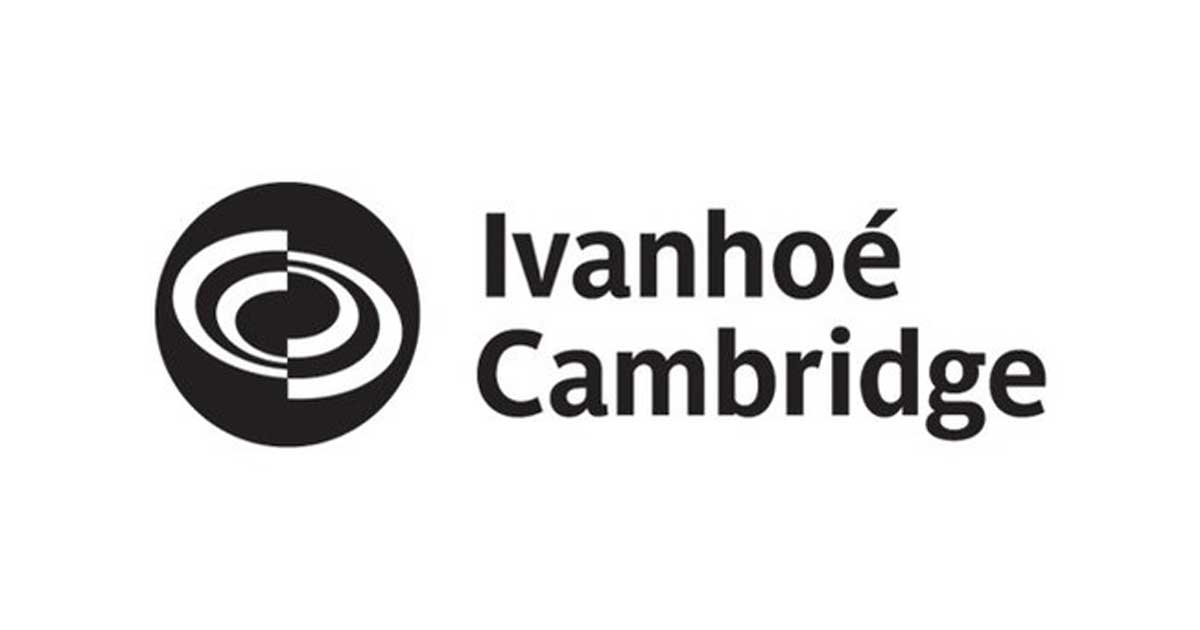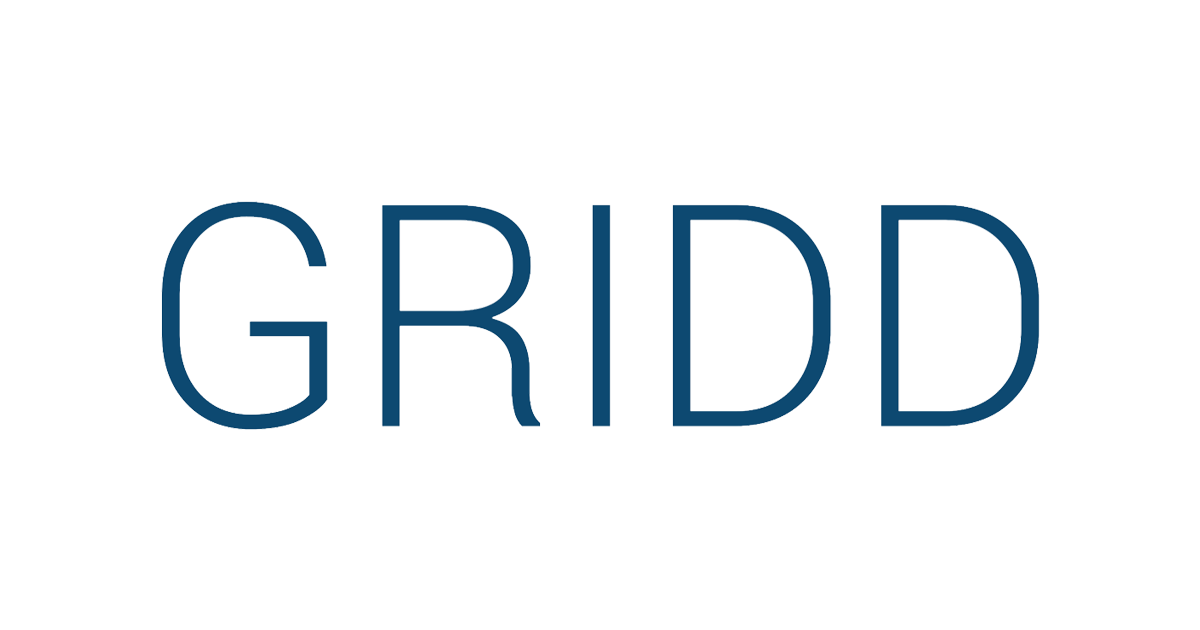Level: M.Eng.
Study of the use of a digital twin to optimize real estate asset management
Abstract
This project examines current advances in the field of digital twins through a literature review. This stage of the project will highlight the potential benefits and applications of a digital twin in the context of real estate asset management. This project, carried out in partnership with Ivanhoe Cambridge, studies four (4) use cases through an analysis of best practices in the literature, then compares the results used by the company. This then leads to an analysis of possible applications of the digital twin in the management of the Place Ville Marie 1 building.
Project results
This project has highlighted the potential applications of the digital twin that are of real interest to asset management.
It also enabled us to take the first steps towards establishing a digital twin for the PVM 1 building.
We produced a Revit model and transcribed it to Autodesk Forge and Unreal Engine 5.1.
A space called “Espace Flex” was used as a pilot project to integrate into Forge the information gathered by various sensors previously installed in the space (temperature, air quality and occupancy rate).
This was achieved through the use of Azure Database.
The development of these uses and this tool represents a significant step forward in the implementation of BIM at Place Ville Marie, and will benefit the property management team.
At present, the digital twin is connected to the Density and Kaiterra sensors, making it possible to count the occupants of the rooms in the Flex space (Density) and assess the air quality in the spaces (Kaiterra).
The study of the four use cases highlighted the many potential applications of a digital twin within PVM 1, as well as a number of question marks, notably concerning data security.
Project contributions
This project on digital twins offers a significant contribution to academic and industrial research by introducing innovative applications to real estate asset management.
The creation of a digital twin for the PVM 1 building, with its Revit model transposed onto Autodesk Forge and Unreal Engine 5.1, represents a significant technological advance.
The implementation of BIM at Place Ville Marie, using the Flex space as a pilot project, concretely demonstrates the potential benefits for the property management team.
The integration of sensor data (temperature, air quality, occupancy rate) into Forge via Azure Database, as well as the connection to Density and Kaiterra sensors, bring practical functionalities to the digital twin.
These results open up interesting prospects for real-time occupant monitoring and comfort, as well as building energy management.
However, the mention of data security concerns underlines the need for careful thought in the development of these technologies to ensure their safe and ethical use.
Other use cases were also studied, highlighting a number of promising applications for the use of a digital twin in property management.
Research team
The project team :
Team
The project team
Partners
This project was supported by :
Similar research
Explore our research in more depth by exploring these related studies and resources:
Level: M.A.Sc.
Year of publication: 2020
Level: Ph.D.
Year of publication: 2025
Level: M.A.Sc.
Year of publication: 2023



